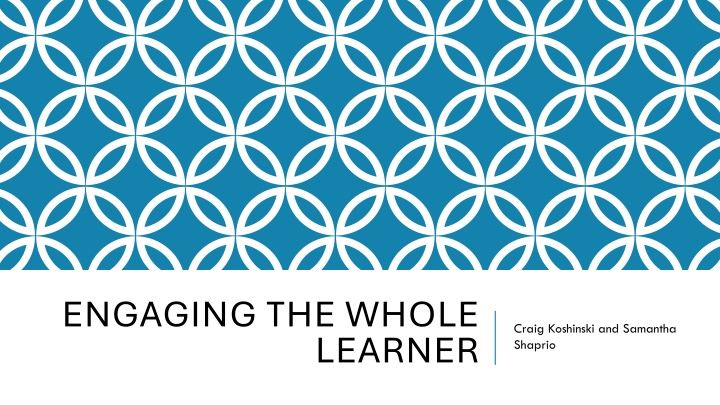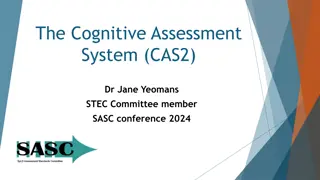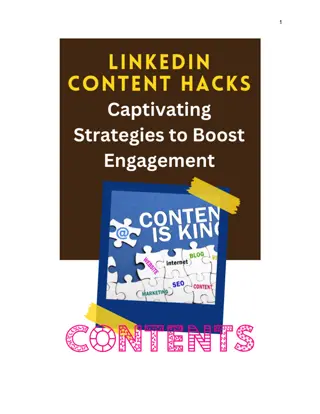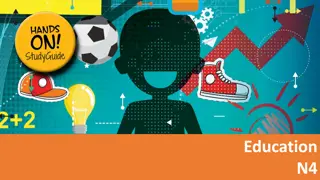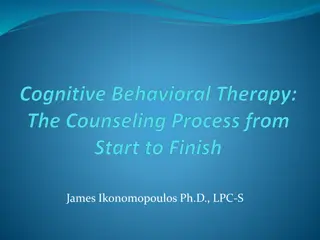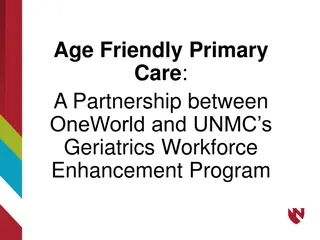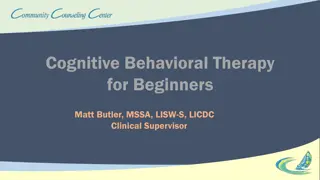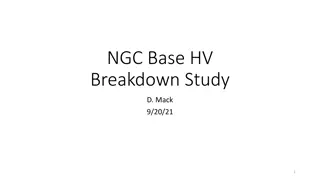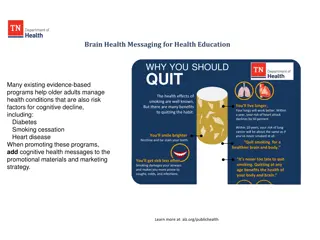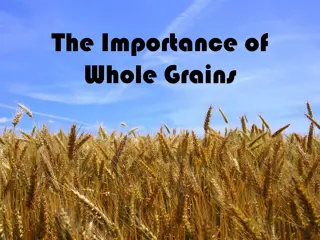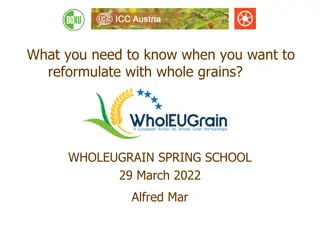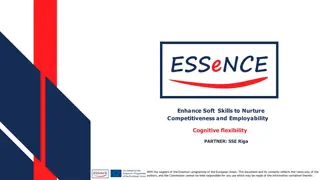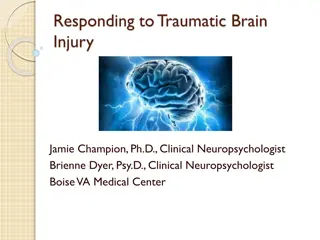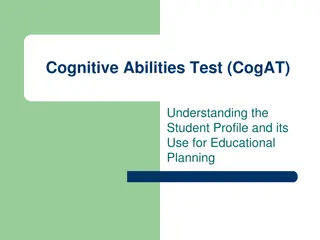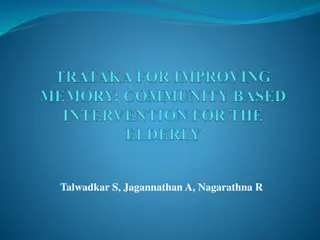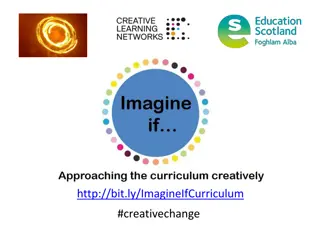Engaging the Whole - Sparking Student Success through Cognitive Engagement Strategies
Creating a districtwide commitment to enhance school culture and climate through Spark, a series of trainings and strategies aimed at improving student engagement and success. Focus areas include high-yield instructional strategies, classroom management, trauma-informed approaches, and more. The goal is to re-engage with key foundations like classroom management and relationship-building to support student achievement.
Download Presentation

Please find below an Image/Link to download the presentation.
The content on the website is provided AS IS for your information and personal use only. It may not be sold, licensed, or shared on other websites without obtaining consent from the author.If you encounter any issues during the download, it is possible that the publisher has removed the file from their server.
You are allowed to download the files provided on this website for personal or commercial use, subject to the condition that they are used lawfully. All files are the property of their respective owners.
The content on the website is provided AS IS for your information and personal use only. It may not be sold, licensed, or shared on other websites without obtaining consent from the author.
E N D
Presentation Transcript
ENGAGING THE WHOLE Craig Koshinski and Samantha Shaprio LEARNER
WHAT IS SPARK? Spark Spark is our districtwide commitment to building strong culture and climate in our schools, sparking engagement and (ultimately) student success. Spark Spark is not an acronym. It is a series of trainings and process improvements that the district is putting into place to impact our broader MTSS structures, implementation, follow-up, and support. Spark Spark will include a variety of trainings and strategies to increase student interest, on-task behavior, excitement, and achievement: Those trainings include brain-based and trauma-informed strategies (responding to students in trauma), cooperative learning (such as Kagan), character education, life skills, and classroom management.
Student Cognitive Engagement High-Yield Instructional Strategies Cooperative Structures (Kagan) AVID Strategies Classroom Management (Behavioral Engagement) Structure, Organization, Process, CHAMPS Strategies, Behavior Science Brain-Based Instruction Trauma-Informed Strategies Neurosequential Model Relational/Responsive Practices MTSS Mental Health School and Classroom Climate Resiliency & Life Skills Curriculum
WHY ARE WE DOING THIS WORK? It is time to re-focus and re-engage with the strong foundations of classroom management, lesson design, and relationship-building that are critical to student success. Each year, we have new school leaders, and their continued growth is also key so they can support our teachers and students. We owe it to our students, because strong, clear, consistent classroom structures and expectations are the antecedents to student engagement and achievement. Data from school climate surveys and discipline referrals indicate the need for a multi-faceted solution - to include a consistent classroom management approach. Because we love it!!
EXPECTATIONS 1. Conversation When others share, actively listen at voice level 0. When you are talking share at voice level 2. 2. Help Raise hand 3. Activity Whole Group discussion 4. Movement If you need to get up to handle something personal, please take care of it. 5. Participation Share thoughts, questions, and experience! Safe space to talk through and learn 6. Success Leaving with new strategies, procedures, and ideas to get started!
AGENDA 1. Setting up expectations 2. Engaging Activates 3. Group Discussion 4. Time to plan 5. Questions
SETTING UP EXPECTATIONS AND PROCEDURES
THINGS TO CONSIDER What are your expectation when the kids come in the room? What s the first thing they need to do? What your expectation how to use the restroom, sharpener, etc.? What s your expectations when the classroom phone rings?
BEFORE YOU CHOOSE YOUR ACTIVITY KNOW YOUR EXPECTED OUTCOMES AND PAST LEARNING Go to schoology, SDMC elementary or secondary, reduces, then select your grade and subject. The curriculum maps are in the folder titled curriculum resources. Look at the vertical progression for past and future standards aligned to your standard. Look at the possible misconceptions. Under that you will find the expected outcomes.
ENGAGING WITH LEARNING OR OTHERS Had-up, stand-up, pair up In-side, outside circle Mirrors Quiz quiz trade Gallery Walk Jigsaw Show It (whiteboards) 4 Corners vote
QUESTIONING STRATEGIES Whisper release Question, Thumb on Heart, whisper into hand, release (say answer) Turn and Talk/ Collaborative Pairs/ Turn and Learn Think. Thumbs up on your heart when you have an answer. Two fingers if you can defend your answer. Turn and talk. Tell who will go first (shortest hair, blue shirt, closest to window, etc.) Teacher circulating pairs talking (address common misconceptions) Teacher share out to whole group/students share what partner said Random Calls: Popsicle Sticks Spinner on board Dojo randomize
WHOLE BRAIN TEACHING Class, Class Yes, Yes Thank you, you re welcome Mirrors Teach, Okay Super Improver Behavior Chart/Wall https://wholebrainteaching.com/day-one/ (day 1) https://wholebrainteaching.com/ (resources) https://www.youtube.com/chrisbiffle (videos)
LETS SHARE OUT AND LEARN FROM EACH OTHER Questions for procedures/ expectations/ engagement: What have you seen used that works well? What have you used that works well? Why do you think it works? How do we measure engagement? What s the difference between compliance and engagement? Anything else you would like to share on these topics?
IF YOU HAVE ANY OTHER QUESTIONS Our Contacts: Craig Koshinski Martha B King Middle School Dean of Students (941) 798-6820 Ext. 24070 Samantha Shapiro Sea Breeze Elementary Reading Coach shapiros@manateeschools.net
